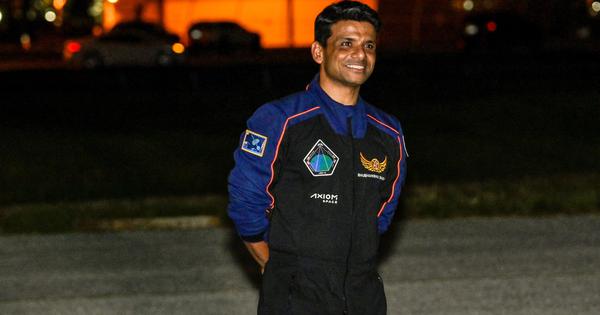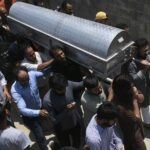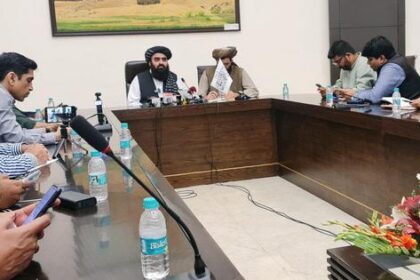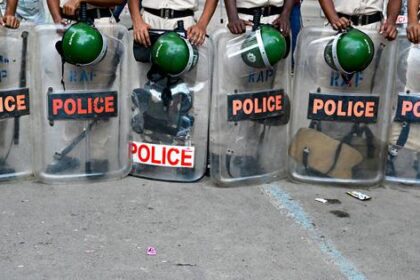Experiments aboard the ISS explore muscle regeneration and other scientific advancements for India and beyond.
The International Space Station (ISS) served as the backdrop for Group Captain Shubhanshu Shukla’s daily routine during his 18-day mission aboard Axiom-4. Alongside his crewmates, he engaged in scientific endeavors that included over 60 experiments, focusing on fields such as medicine, agriculture, and space technology. Notably, Shukla led seven innovative microgravity experiments representing India’s inaugural science program on the ISS.
Each day began with Shukla floating into the lab, ready to embrace his roles as an astronaut, researcher, and explorer of life in space. The ISS, with its limited corridors, transformed into a unique laboratory filled with sprouting seeds, glowing microbes, and human cells, all contributing to a larger scientific narrative. Shukla maneuvered toward the Life Sciences Glovebox within Japan’s Kibo module, where the bright lights illuminated his focused demeanor as he prepared for an experiment.
As he readied himself, veteran commander Peggy Whitson offered an encouraging nod, prompting Shukla to recall the extensive training he had undergone on Earth. Each movement, from transferring liquids to navigating touchscreens, required adaptations in the microgravity environment. Rather than feeling overwhelmed, he viewed the expectations as motivation that propelled him through his work.
The day’s tasks began with Shukla carefully retrieving a syringe filled with differentiation media, a solution crucial for stimulating muscle stem cells into developing fiber-like muscle tissue. He injected the media into the wells of a BioCell plate, an action he would repeat every two days over eight days. In microgravity, the droplets formed perfect spheres before he guided them to the cell culture, transforming a simple task into a delicate dance. Shukla found joy in these small victories, reflecting on the advice from scientist Prachi Nawkarkar regarding the complexities of pipetting in space.
Next, he added drops of a flavonoid mixture to specific wells, a core aspect of the Myogenesis investigation aimed at determining if these compounds could enhance mitochondrial function and muscle regeneration. Throughout the process, Shukla narrated his actions for a camera recording the experiment, aware that Dr. Arvind Ramanathan and his team at InStem Bengaluru were monitoring the results from Earth. Their parallel ground control culture aimed to compare the performance of space-grown muscle cells with those grown under Earth’s gravitational influence.
Shukla’s thoughts drifted back to his time at the Indian Institute of Science, where he honed his skills in handling biological samples. He reflected on how microgravity added complexity but ultimately adhered to the same scientific principles. Feeling a renewed appreciation for the mentors and protocols that prepared him, he recognized the importance of his current work in understanding muscle loss in space—a crucial aspect for future long-duration missions.
Before transitioning to the next experiment, Shukla recorded a video log summarizing the progress of the Myogenesis experiment. He expressed optimism about the potential findings, noting how microgravity could accelerate understanding of muscle aging and repair. This mission symbolized a connection between the ISS and laboratories across India, showcasing a collaborative spirit in the pursuit of scientific knowledge that transcends borders.
As he completed his tasks in the glovebox, Shukla felt a profound sense of accomplishment. He was one step closer to unraveling the mysteries of muscle health in space and potentially improving lives back on Earth. With a gentle push, he moved toward his next experiment, ready to explore new scientific frontiers.








